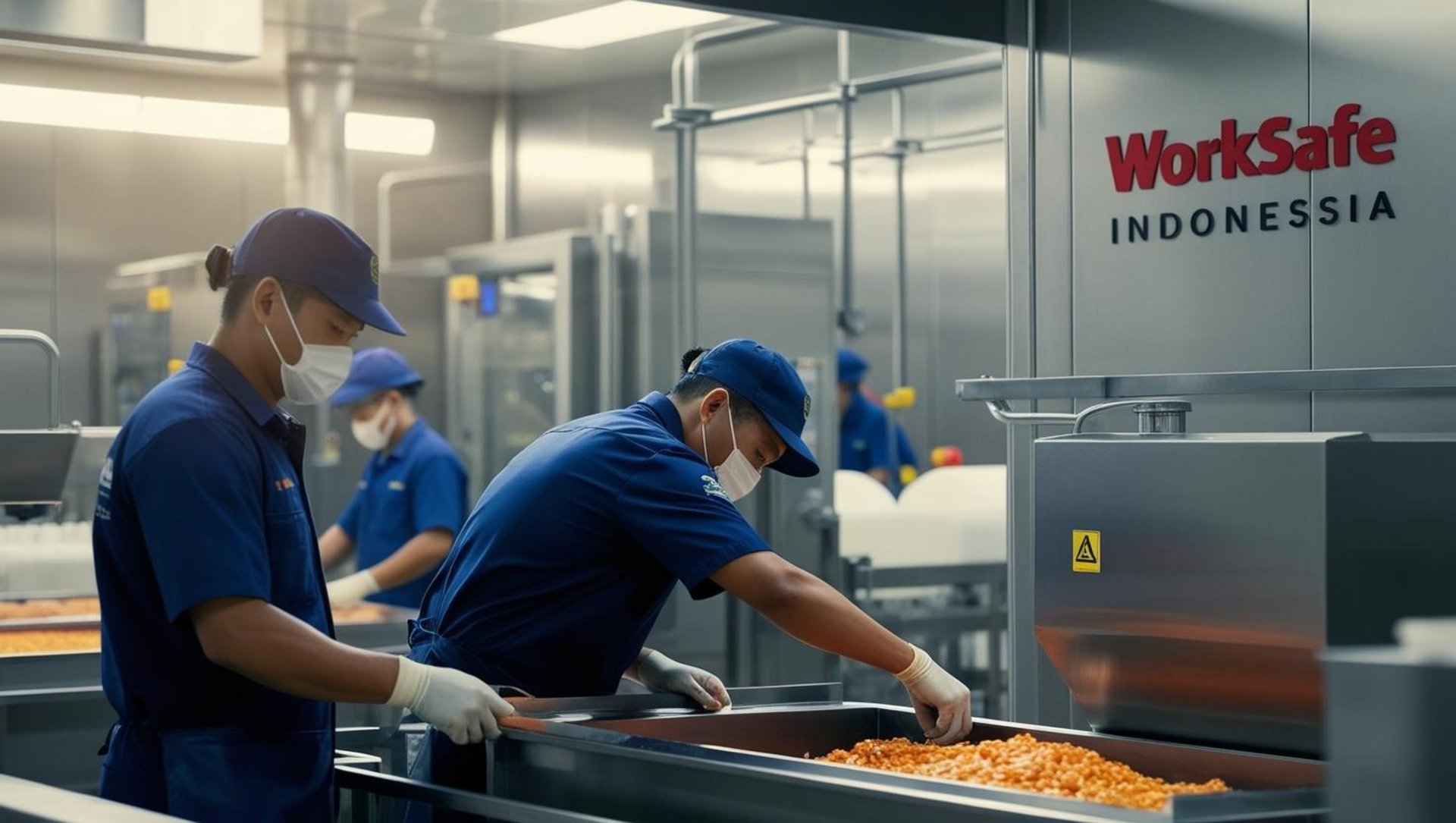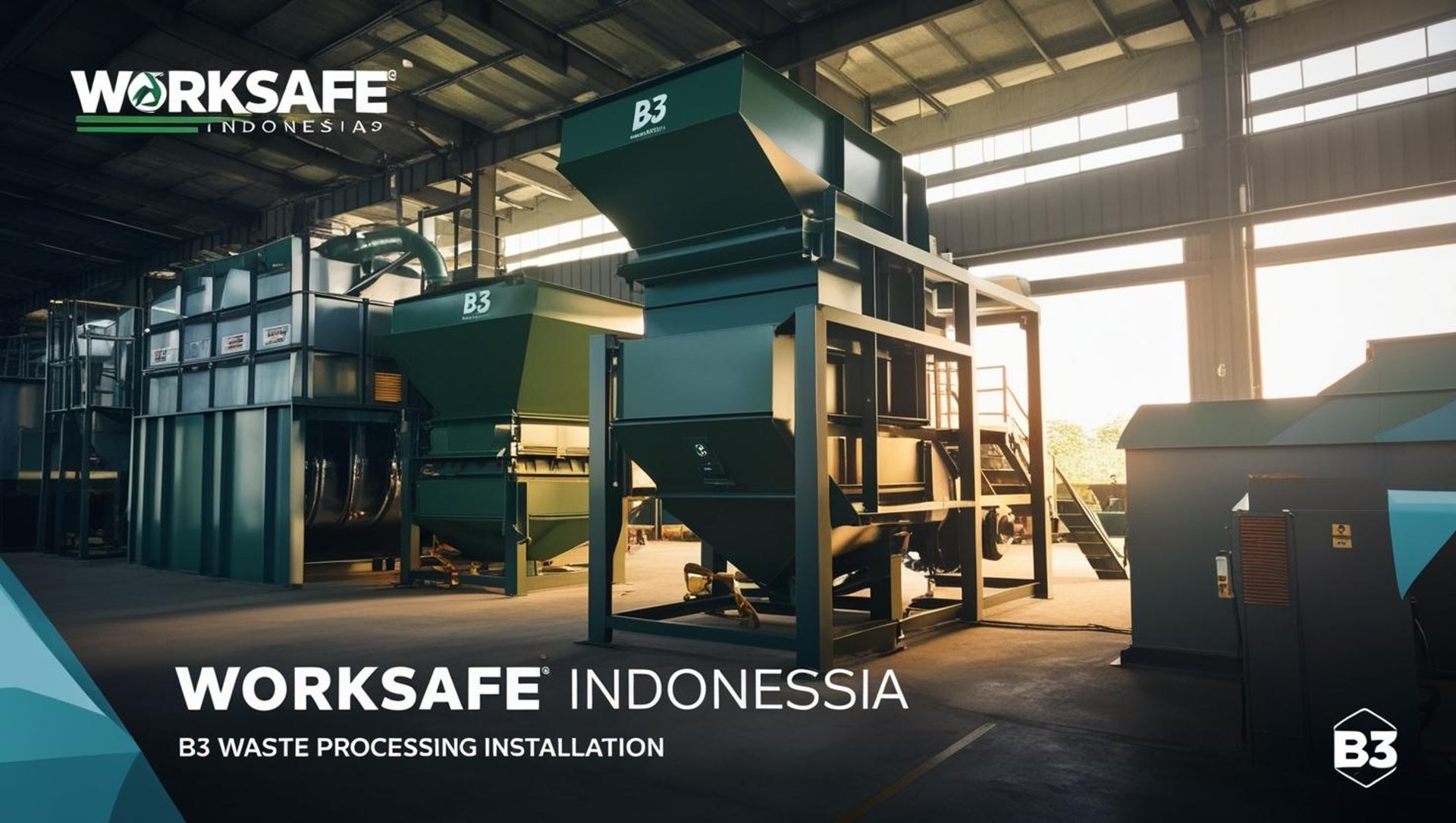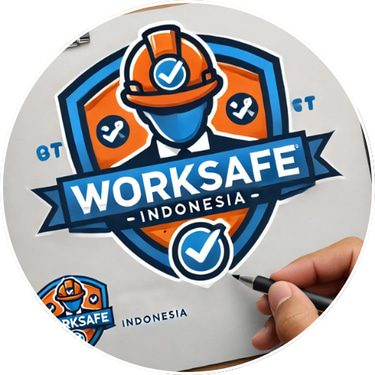
Promoting All About Safety, Health and Environmental
Industrial Hygiene: The Foundation of a Healthy and Safe Workplace
Industrial Hygiene: The Foundation of a Healthy and Safe Workplace Behind every productive and safe workplace lies a crucial yet often overlooked element: Industrial Hygiene. At Worksafe Indonesia, we believe that creating a healthy work environment is not just about personal protective equipment and safety procedures — it’s about managing health risks at the source.
Septian Indra
6/11/20251 min read


Industrial Hygiene: The Foundation of a Healthy and Safe Workplace
Behind every productive and safe workplace lies a crucial yet often overlooked element: Industrial Hygiene. At Worksafe Indonesia, we believe that creating a healthy work environment is not just about personal protective equipment and safety procedures — it’s about managing health risks at the source.
What is Industrial Hygiene?
Industrial Hygiene is the science and practice of identifying, evaluating, and controlling health hazards in the workplace. These hazards can come from:
Physical factors: noise, vibration, extreme temperatures, radiation
Chemical agents: dust, fumes, toxic gases, solvents
Biological hazards: bacteria, viruses, fungi
Ergonomic issues: poor posture, repetitive movements
Psychosocial stressors: long shifts, high-pressure environments, mental stress
Why is Industrial Hygiene Important?
Many occupational diseases develop silently and gradually over time. Examples include:
Hearing loss from prolonged noise exposure
Lung disease from inhaling silica dust without proper protection
Musculoskeletal disorders from years of improper lifting or workstation design
With an industrial hygiene approach, we can prevent harm before it happens.
Key Steps in Industrial Hygiene
Hazard Identification
Conduct worksite surveys to identify potential health risks.
Use checklists and assessments for different work areas.
Measurement and Evaluation
Measure noise levels, airborne contaminants, chemical exposure, etc.
Compare results to regulatory limits (such as OELs or TLVs).
Hazard Control
Apply the hierarchy of controls: elimination → substitution → engineering → administrative → PPE.
Example: replacing hazardous chemicals with safer alternatives.
Regular Monitoring
Reassess conditions periodically to ensure controls remain effective.
Training and Education
Empower workers through education about workplace hazards and how to protect themselves.
The Role of an Industrial Hygienist
Industrial hygienists are professionals trained to anticipate, recognize, evaluate, and control occupational health hazards. They collaborate with HSE teams, management, and employees to ensure that workplace exposures are effectively minimized.
Worksafe Indonesia's Commitment
As your partner in workplace safety, Worksafe Indonesia is committed to:
Raising awareness of industrial hygiene practices
Supporting companies in implementing comprehensive health and safety standards
Providing training and educational content tailored to real-world work conditions
💡 Remember: Workplace health is not just about today — it’s about protecting the future. Industrial Hygiene is a long-term investment in worker safety and productivity.

